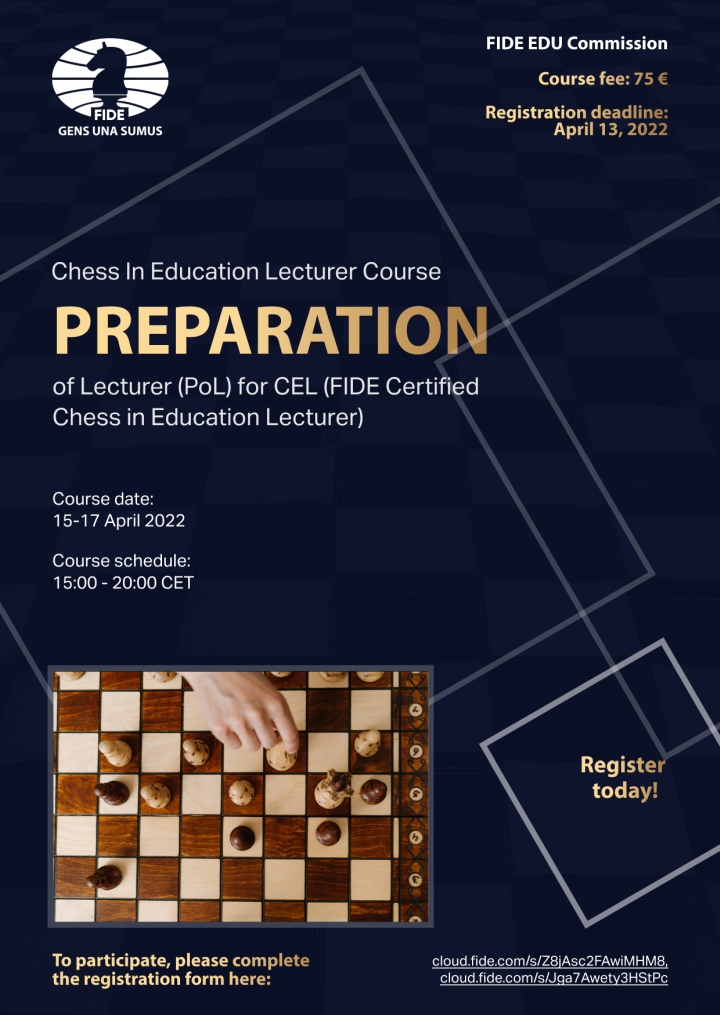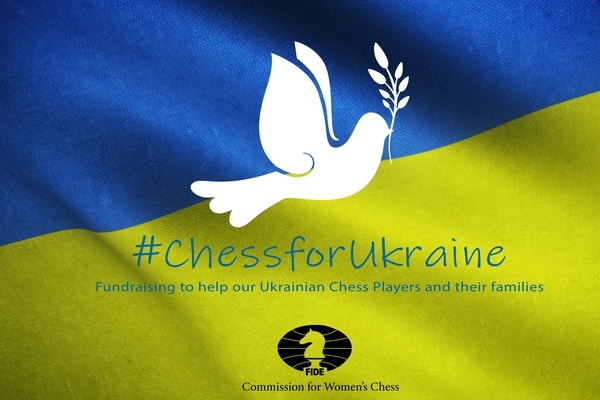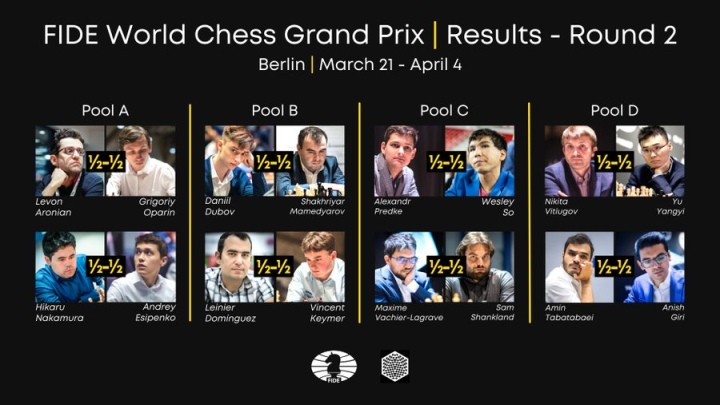Fourth Chess in Education Lecturer course announced

This fourth course of the Chess in Education Lecturer series will be held on 15-17 April. Those who gain this qualification (CEL) will be those, exclusively, who we appoint to the paid lectureships of the FIDE School Instructor seminars. ‘I have learned a lot,’ WGM Eva Repkova, Chairperson of FIDE Commission for Women’s Chess. CEL Lecturers will be experts in educational chess (not necessarily experts in competitive chess). They will be trained by the EDU Commission, after an online capacitation course of 15 hours, with some offline extras. This training has a cost of €75, which covers both access to materials and preparation, and the exam. Those who successfully pass the course will receive the diploma of Certified FIDE Chess in Education Lecturer (CEL). This is valid for three years, and it implies an administrative fee of €50. Here is the course description in more detail:https://cloud.fide.com/s/kY9Fs5pQ5D9gDS7 ‘A nice experience, fantastic course,’ FM Vlad Ungureanu, national coordinator of Romania chess in schools program. Applications for the course are open now and will close on 13 April. If you want to apply, please fill in the Registration form for “Preparation of Lecturers”, Your CV & Motivation letter should pay special attention to your relevant experience in “educational chess”, rather than “sport chess” (please check this explanatory document if you are unsure about the difference between these two concepts). ‘This kind of course is a very good idea,’ FM Leontxo Garcia The course will be held 15-17 April, in English, online 15:00-20:00 CET (Central European or FIDE time). Applicants must complete the Registration Form (DOC), (PDF). The course is limited to a maximum of 20 people (first come, first served). Applicants who cannot be given an assured place will be placed on the waiting list for the subsequent course.
Support Ukrainian Chess Players and their Families

The FIDE Commission for Women’s Chess in cooperation with chess24 seeks your donations to help our Ukrainian chess players and their families. In light of the recent events, the FIDE Commission for Women’s Chess has established a fundraising for Ukrainian chess players and their families being affected by the ongoing war in Ukraine. We have also reached out to a number of women chess players in Ukraine that all of us know well in our chess community. They are being caught up in a conflict that would have been unimaginable just a month ago. You can join this great initiative of providing support to the Ukrainian chess players and their families by making your donation here.
#40
Geir Nesheim, new Chair of the Social Commission Ahmed Adly, new Chair of the Athletes Commission FIDE’s support program to chess veterans: a tribute French Chess Federation acquires “delegation” status in France Brief news from National Federations READ NEWSLETTER
FIDE Grand Prix Berlin – Round 2 Recap

It was a peaceful, but by no means uneventful day at the third leg of FIDE Grand Prix Series organized by World Chess although all eight games in Round 2 were drawn. “Let’s talk about how dramatically the situation changed in every group after today’s round” joked the tournament commentator GM Evgeny Miroshnichenko and certainly, the standings have not changed at all as we have the same leaders as after Round 1 in each pool, namely Levon Aronian, Leinier Dominguez, Alexandr Predke, and Nikita Vitiugov. Round 2 results still don’t tell the entire story, as, despite peaceful outcomes, the games were hard-fought and enthralling. Pool A In the Giuoco Piano Levon Aronian, playing with White against Grigoriy Oparin, essayed the idea 12.Ra3, introduced by Nils Grandelius in the match against David Howell. After the game the American player added that he learnt from the best. He could not regret his choice as the game turned out to be very eventful. By lifting his rook White offered a pawn sacrifice, hoping to get some long-term initiative instead. Grigoriy spent a lot of time trying to remember his notes but eventually had to figure everything over the board. “At that point, I had to take the pawn. With the whole concept of Black’s play, it doesn’t make any sense otherwise,” Oparin explained after the game. Aronian managed to regain the pawn in the ensuing complications, but he is not sure if 21.g4 was the best option. According to Levon, he could have played 21.Nc8 trading the knight for the bishop, followed by g3, which he thinks is more unpleasant for Black. On the other hand, it looks like after 21…g5, Black is OK. Grigoriy defended with precision, and the peace was signed right after the first time control. Hikaru Nakamura obtained a promising position in Nimzo-Indian against Andrey Esipenko with a strong knight on e5. American Grandmaster played creatively in the opening, trying to get something interesting but then allowed the opponent to grab initiative by planting his knight on c4. “The game was basically around two squares e4 and e5. At some point, I just needed to trade the knights on c6 and make a draw, but I didn’t want to and just kept playing,” said Hikaru after the game. He called his plan with b4 and Na4 “insane” as after those moves, Black emerged clearly better, and for the rest of the game Andrey pressured Hikaru. Being in a time trouble Andrey didn’t find the a precise way to keep the tension, and after the massive exchanges, the game stirred into the ending with a visible edge for Black due to the pair of Bishops and better pawn structure. Nevertheless, it was hard to break through the position of White, and the American escaped with a draw thanks to the resilient defence. Pool B: The game Leinier Dominguez – Vincent Keymer saw a topical line of the Ruy Lopez in which the American introduced a novelty (the first line of Stockfish) on the move 14. After a tactical battle in the centre, Leinier won a pawn for which Black did not have sufficient compensation. After trading the queens, a very interesting ending with opposite-colour bishops and extra pawn for White appeared at the board. According to Lenier, he thought Black could not allow g6 move and had to take on g5 on 49th move. It seemed White had good winning chances, but the endgame requires a detailed analysis to make the final conclusions. To Vincent’s credit, he defended exceptionally well and saved a half-point in the game. Daniil Dubov surprised Shakhriyar Mamedyarov with a rare 4.Nc3 in the Italian Game, but did not achieve much. Daniil pointed out that c5 was a strategically risky move for White as if White doesn’t manage to push d4, he can be worse. The Azerbaijani GM played solid, logical moves and got some play against the d3-pawn that outweighed White’s pressure in the center. The opponents started repeating the moves in a very complex balanced position in which draw seemed like a logical outcome. “I think both sides could actually play in the final position, I don’t think I was better or worse; in general, it all felt very logical, and I think it was just a decent game. The reason why we repeated the moves is that if my opponent will play Nh7 when I don’t have d4 I’m much worse. That’s why I needed his rook to go away from d8,” explained Daniil after the game. Pool C Alexandr Predke, playing with White, managed to pose some serious problems for Wesley So in Giuoco Piano, which he called “very playable”. As the American confessed in a post-game interview, he missed the move 23.Ne3, which gave White a dangerous activity in the center. Alexandr thought that he had good winning chances, but it seems that Black’s position was not that bad, as Wesley reached a draw with several precise moves. “This is the first time I play against Alexandr… He is a very good player; yesterday, he won a very good game against Maxime,” said Wesley at the post-game interview. Maxime Vachier-Lagrave and Sam Shankland played the Berlin Defense, which is known as the Berlin Wall. Many great players have struggled to breach this solid barricade, and the French GM could not complete the task. Sam went for a strategically risky line, allowing White to play f5 as he was looking for a more dynamic fighting position. In a critical moment of the game Sam correctly sacrificed an exchange and got good compensation in the form of two pawns and active pieces. After trading a pair of rooks, none of the sides had winning chances and the game finished in a draw. It turned out that both players had visited the Berlin Wall and surprisingly didn’t think about chess while walking next to it. Sam Shankland was actually thinking about his close relative who lived in Germany many years ago. “My dad grew up in Germany, my grandparents

